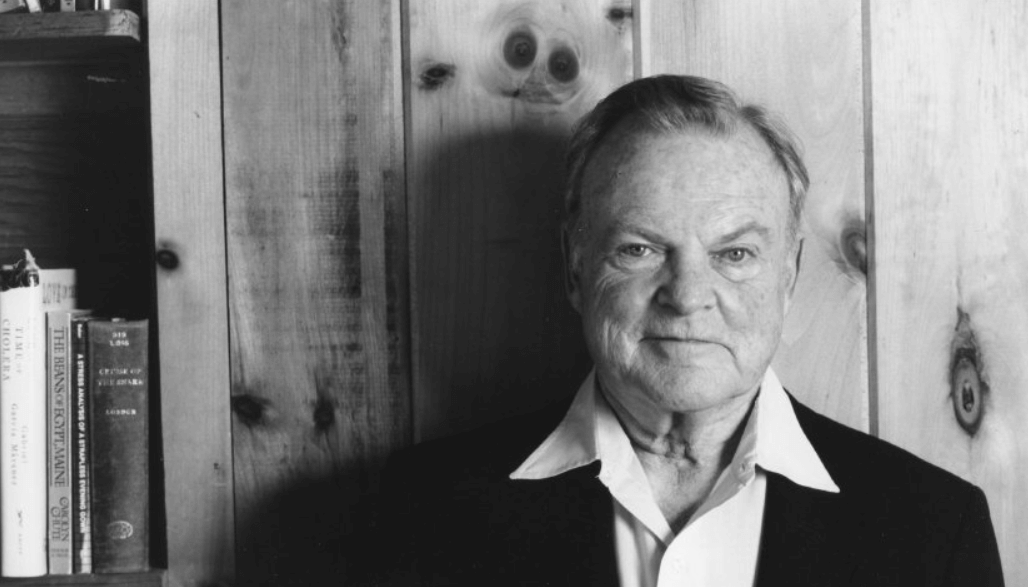Learn about the life and work of Richard Beckhard, an American organizational theorist and management consultant who made significant contributions to the field of organizational development.
Discover Beckhard’s key ideas, including his planned change model, values and principles for effective organizational development, and the use of action research as a methodology for organizational development interventions.
Richard Beckhard was an American organizational theorist and management consultant who is best known for his work on organizational development. Beckhard was a pioneer in the field of organizational development, which is concerned with improving the effectiveness of organizations through planned interventions.
Beckhard defined organizational development as “an effort, planned, organization-wide, and managed from the top, to increase organization effectiveness and health through planned interventions in the organization’s ‘processes,’ using behavioral-science knowledge.” In essence, Beckhard believed that organizations can be improved by using knowledge from the behavioral sciences to understand and improve the processes and systems within the organization.
Beckhard’s contributions to organizational development include the development of a model for planned change, the creation of a set of values and principles for effective organizational development, and the use of action research as a methodology for organizational development interventions.

Biography
Richard Beckhard was born on May 9, 1918, in New York City, United States. He received a bachelor’s degree in economics from City College of New York in 1939 and a master’s degree in economics from the University of Michigan in 1941. Beckhard also studied psychology at Columbia University and received his Ph.D. in industrial psychology from New York University in 1952.
Beckhard started his career as an economist for the U.S. government during World War II, working on economic policy issues related to the war effort. After the war, he worked as a consultant for several management consulting firms, including Arthur D. Little, McKinsey & Company, and Gemini Consulting.
In the early 1960s, Beckhard began to focus on organizational development, which was a relatively new field at the time. He became one of the leading experts in the field, writing several books and articles on the subject and consulting with a wide range of organizations.
Beckhard also taught at several universities, including the Massachusetts Institute of Technology, Harvard University, and the University of California, Los Angeles. He was a founding member of the NTL Institute for Applied Behavioral Science, which is a leading organization in the field of organizational development.
Beckhard passed away on December 28, 1999, at the age of 81. Despite his death, his contributions to the field of organizational development continue to be influential today.
Contributions
Richard Beckhard made significant contributions to the field of organizational development. Some of his notable contributions include:
- Planned Change Model: Beckhard developed a model for planned change that emphasizes the importance of collaboration, communication, and commitment among stakeholders in the change process. The model consists of six stages: diagnosis, assessment, feedback, planning, intervention, and evaluation.
- Values and Principles of Organizational Development: Beckhard established a set of values and principles for effective organizational development, including the importance of participation, empowerment, openness, and continuous learning.
- Action Research: Beckhard popularized the use of action research as a methodology for organizational development interventions. This approach involves collecting data, reflecting on the data, and taking action based on the insights gained.
- System Thinking: Beckhard emphasized the importance of understanding organizations as systems, where changes in one part of the system can have ripple effects throughout the organization.
- Collaborative Consulting: Beckhard promoted the idea of collaborative consulting, where consultants work closely with clients to develop solutions that are tailored to the unique needs of the organization.
Beckhard’s contributions have had a lasting impact on the field of organizational development, and his ideas and approaches continue to be influential today.